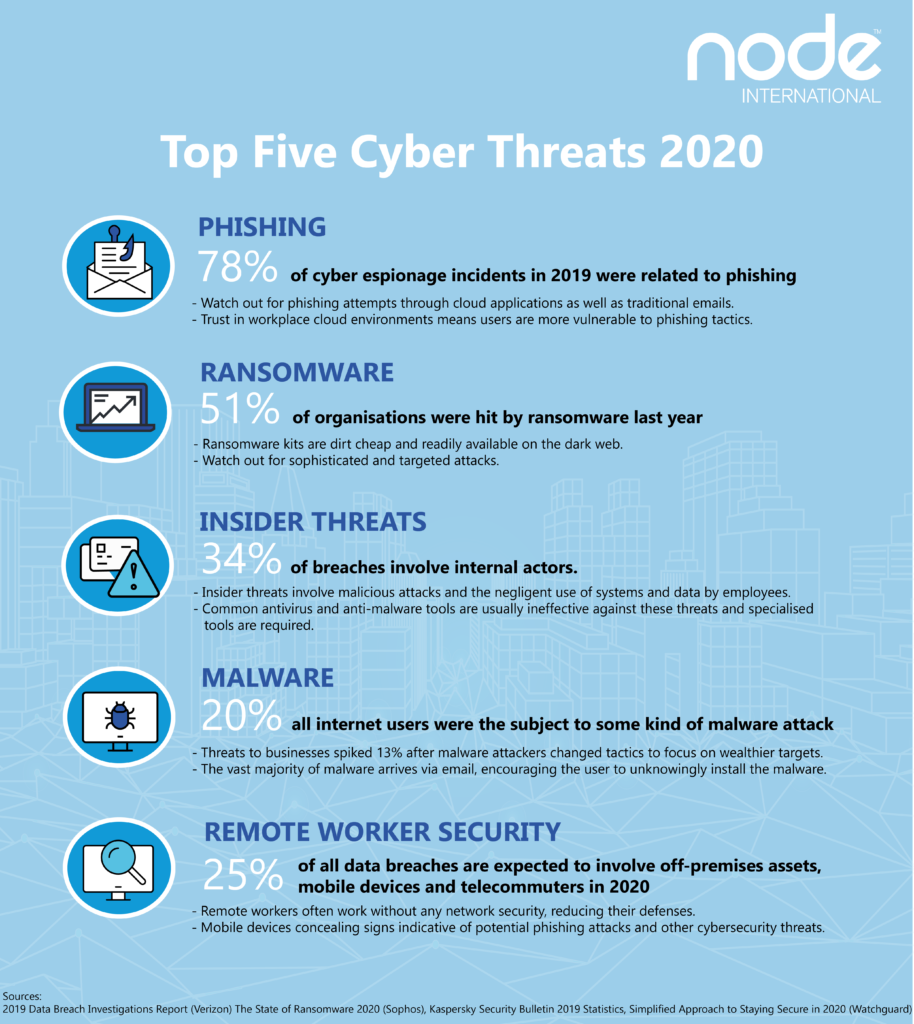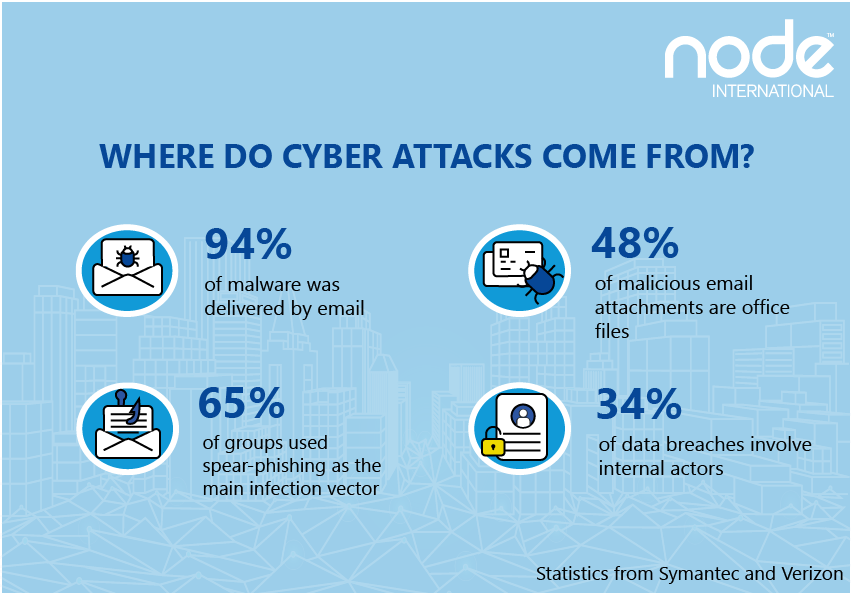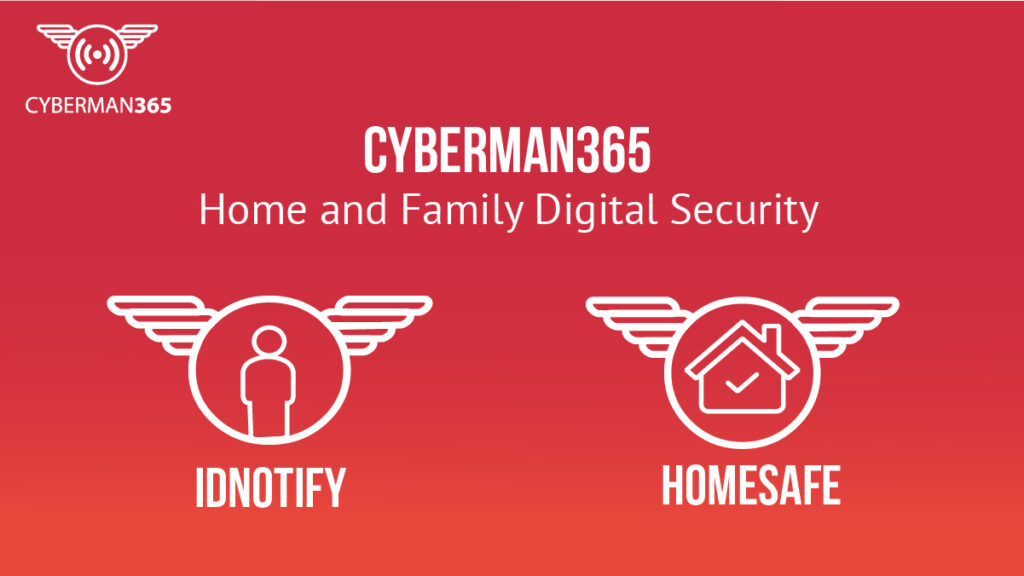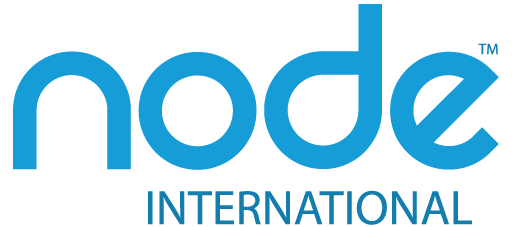“If kids have unfettered, unsupervised use of these smart devices, they’re playing in a global village.”
Cyberman365 edition! This episode we are changing it up with an episode centred around personal cyber risks your family may face.
Neil Gurnhill talks to Frederick Lane, attorney and author of multiple books on cybersafety, digital misconduct and personal privacy, about keeping your family safe in the digital age in the sixth episode of Node Chats.
Your podcast for all things cybersecurity brought to you by Node International, specialists in cyber insurance.
Watch the full episode here:





Recent Comments